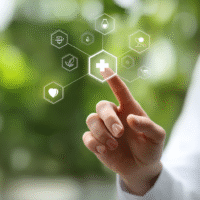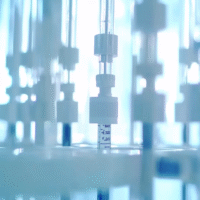Understanding the Study Results
This study looked at how effective and safe repetitive transcranial magnetic stimulation (rTMS) is when used with antipsychotic medications for treating schizophrenia. Here’s what the results mean for patients and clinics:
What Worked?
- The group that received rTMS along with their medication had better results. They showed fewer symptoms of schizophrenia and had lower relapse rates.
- Patients who received rTMS also had improvements in their quality of life and cognitive functions, meaning they could think and function better.
- There were no serious side effects reported in either group, suggesting that rTMS is a safe option.
What Didn’t Work?
- The study did not provide evidence that rTMS works for everyone, but it showed promising results for many patients.
Benefits for Patients and Clinics
These findings can help patients by providing a new treatment option that may improve their symptoms and overall quality of life. For clinics, it offers a way to enhance treatment plans for patients with schizophrenia.
Real-World Opportunities
- Hospitals can start offering rTMS as part of their treatment options for schizophrenia.
- Doctors can consider using rTMS alongside traditional medications to improve patient outcomes.
Measurable Outcomes to Track
Clinics should monitor:
- Symptom levels using the Positive and Negative Syndrome Scale (PANSS).
- Relapse rates over time.
- Quality of life indicators and cognitive function scores.
AI Tools to Consider
AI tools can help track patient progress and analyze treatment outcomes. Look for AI solutions that assist in data management and patient follow-ups.
Step-by-Step Plan for Clinics
- Start small by introducing rTMS in a limited number of cases.
- Train staff on how to use rTMS equipment and integrate it into treatment plans.
- Monitor patient outcomes closely and collect data on effectiveness.
- Gradually increase the number of patients receiving rTMS based on positive results.
For more details on this research, you can read the full study here.




























